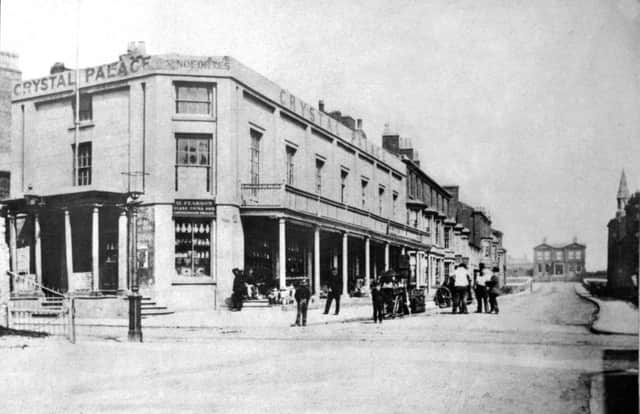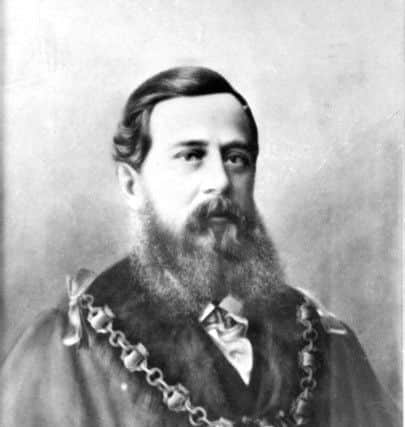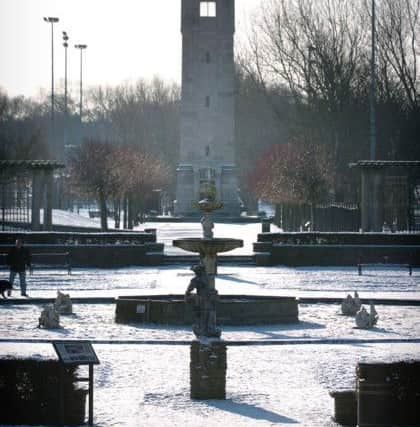Story of the man dubbed 'father of Blackpool'


Ask any locally-born adult and the names most likely to emerge are John Bickerstaffe and William Henry Cocker.
Sir John’s monument is Blackpool Tower; Dr Cocker’s is the 1930s clock tower in Stanley Park.
Advertisement
Hide AdAdvertisement
Hide AdDr Cocker was the first Mayor, for three years, after the resort received its Charter of Incorporation in 1876; he was Mayor again in 1884-85 and in 1886-87; and was elected the first Freeman of the Borough in 1897.


And yet 100 years ago, The Gazette of January 21 reported a shameful situation, in which there was no marker on the grave of Dr Cocker – who the paper called “the Father of Blackpool” – five years after his death.
It came to light when a Gazette writer, who used the pen-name Ariel, was interviewing the retiring sexton of St John’s Parish Church, Mr Richard Nickson.
The sexton told the journalist: “There is not an inscription in stone or anything to indicate the grave wherein was buried Dr Cocker, the man who spent his whole life and spent his money so that he died a poor man, all for the benefit of Blackpool.”
Advertisement
Hide AdAdvertisement
Hide AdAriel thought the statement was so astounding he asked to be shown the grave, in the graveyard which used to cover the ground alongside St John’s.


Below the east bow window, a grass-covered space lay between family vaults enclosed in rusted iron railings.
One vault held the remains of Dr WH Cocker’s parents, his brother and his brother’s wife. Another vault held the remains of the Rev William Thornber (the famous Blackpool historian and Vicar of St John’s) and his wife.
Mr Nickson pointed to the grassed space between the two as the unmarked grave of Dr WH Cocker and his wife.
Advertisement
Hide AdAdvertisement
Hide AdAriel wrote: “Here, side-by-side, are the two greatest of Blackpool’s public men – Thornber and Dr WH Cocker. The tomb of one is green with the mould of years – the grave of the other is unmarked, unhonoured and in a few years will be altogether unknown, if the townspeople do not see to it.


“A public service has been done by Mr Nickson in drawing attention to the matter. Who will come forward now and do justice to the memory of a great man and a noble spirit?”
l See next week’s Memory Lane to find out what the response was from Blackpool.